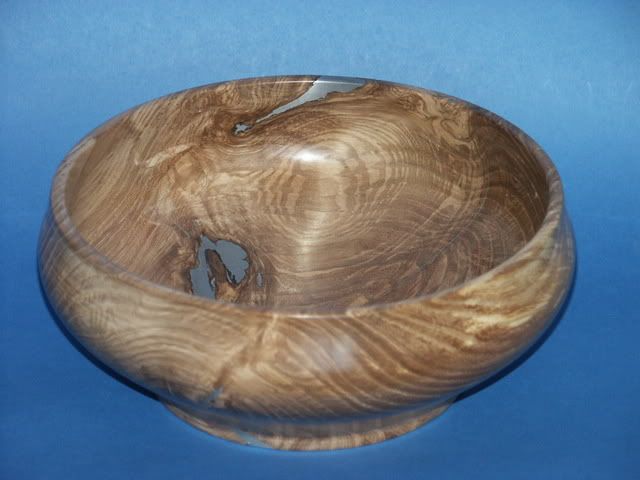colin macdiarmid
Established Member
I have seen some lovely bowls/pieces, where there has been a split, crack a natural hole in the side of the turned pieces and it has been filled what looks like brass powder and glue etc can somebody give an idea/link as to how this is done, many thanks






